I’ve often said that you get more for your money in a compact speaker. Rarely has that been more true than when we tested the little Lumina I from Sonus faber in 2020.
The compact speaker made the impossible possible and really just continued the tradition Sonus faber has of making incredibly good compact speakers. Connoisseurs with a good memory will remember the Minuetto, Minima and Electa as some of the best you could put on your bookshelf.
Or preferably on stands.
These, on the other hand, fit just as well on a bookshelf as on a pair of stands. Indeed, the Lumina II addresses our only gripe with the Lumina I, without making the cabinet much bigger.
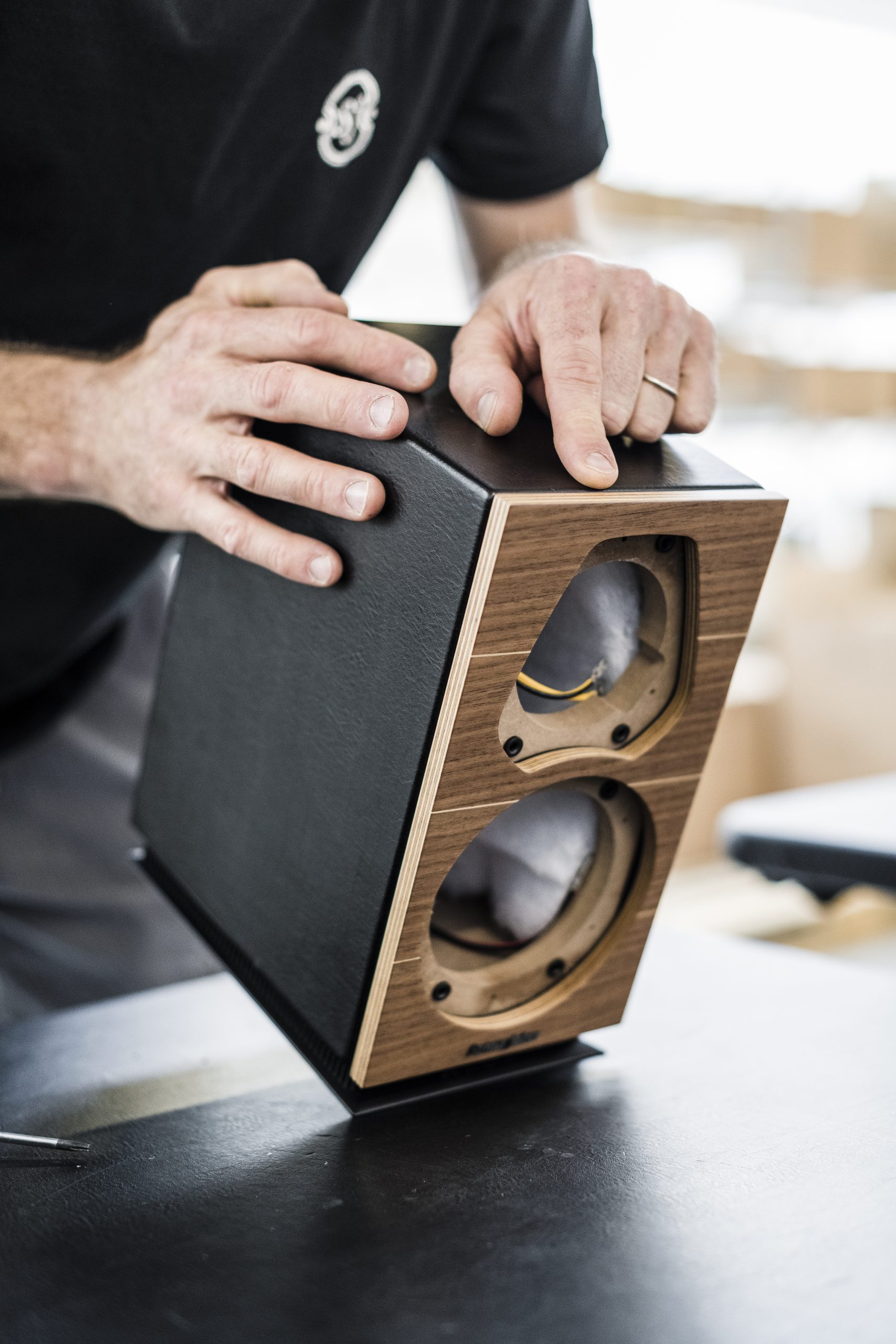
As everyone knows, small speakers have limited sound pressure and little or no bass. Yet Sonus faber managed to squeeze an astonishing bass quality out of the tiny 12 cm woofer in the Lumina I. The slightly larger Lumina II has a 15 cm woofer, slightly larger internal volume and 2 decibels better sensitivity.
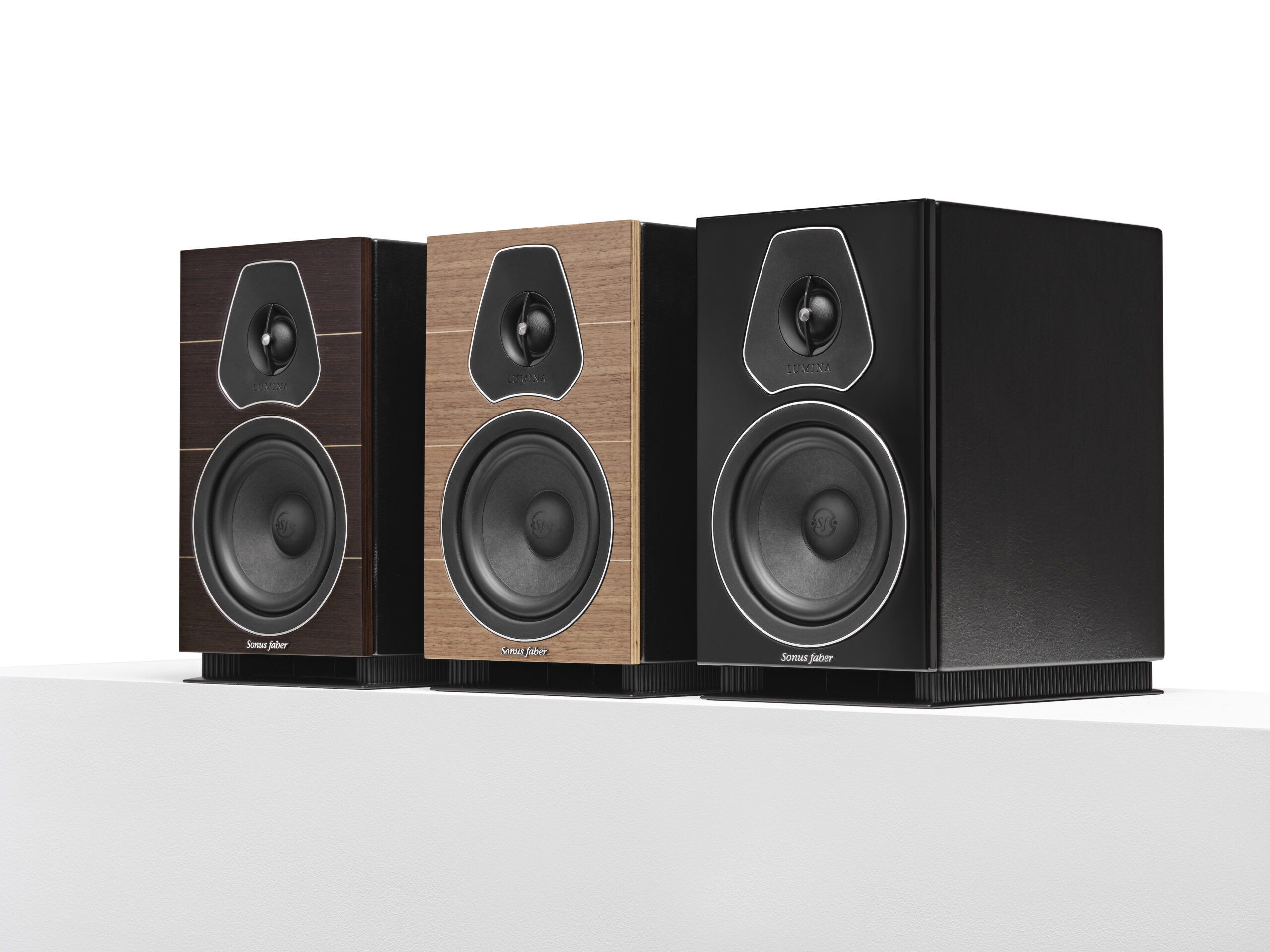
The woofer has the same type of cellulose fibre cone combined with a 29 mm tweeter with a diaphragm woven in silk. It uses Sonus faber’s DAD, Damped Apex Dome, which is designed to make the tweeter as linear as possible.
If you look closely at the pictures, you can see a small slit under the front of the speaker, which is a bass reflex port. This makes it easier to place the speakers in a bookcase, up to the wall, without boosting the bass unnecessarily. If the port had been on the back, the bass frequencies would have been over-amplified by the rear wall.
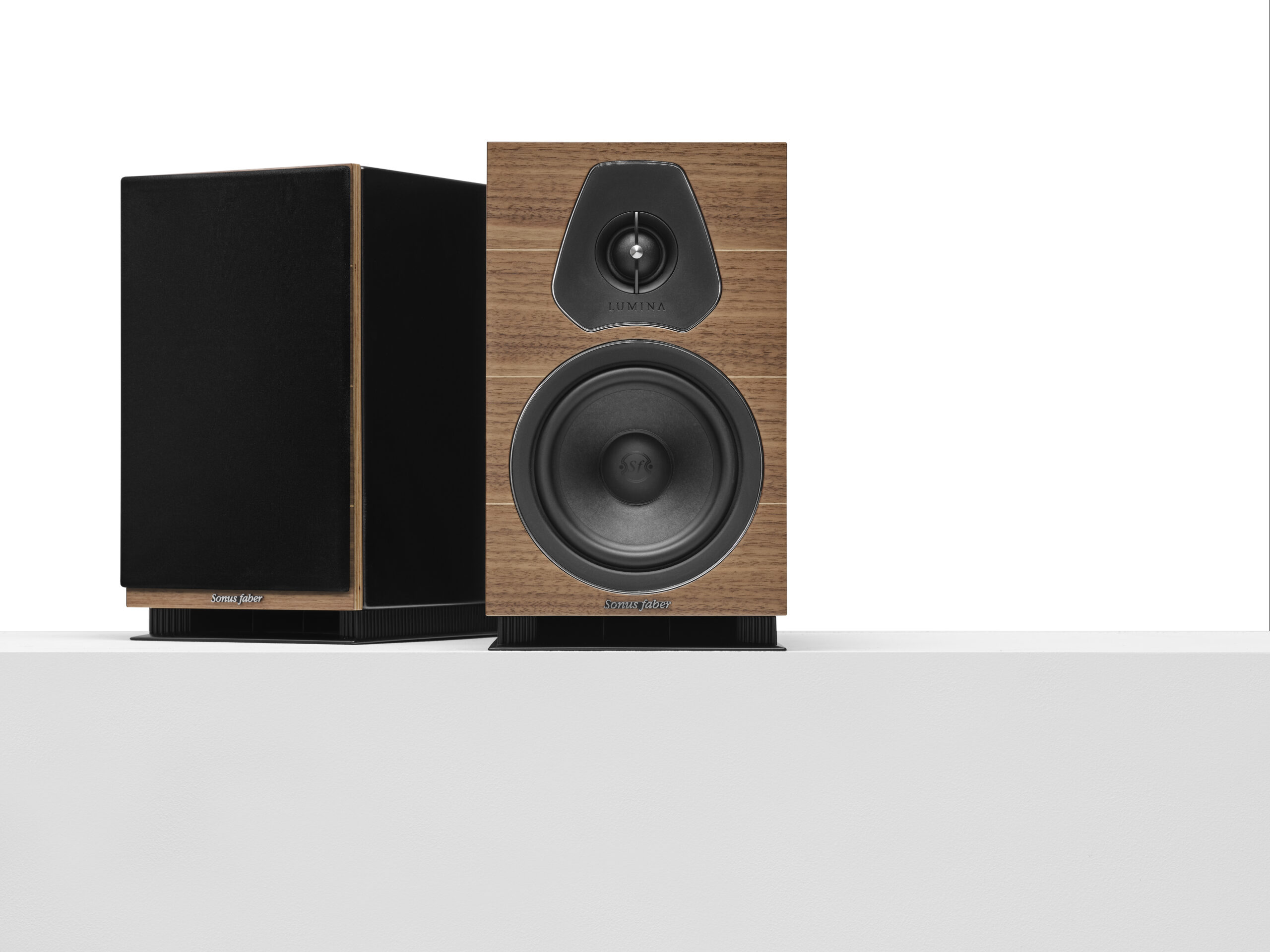
Nice sound and better bass
Like the other speakers in the Lumina range, this one is built in Italy, where Sonus faber also builds the more expensive models, largely by hand from the conception of the cabinet to the polishing and assembly of the speakers.
The speakers are covered in synthetic leather and come with front panels in black lacquer, wenge or walnut and have full front covers held in place by invisible magnets. Like all speakers in the Lumina range, these also have bi-wiring terminals for a double set of cables.
Since the Lumina II is slightly easier to drive than the Lumina I, you don’t need a powerhouse of an amplifier to drive them. A small Rega IO, NAD Amp 1 or a Hegel H95 have more than enough power to drive the speakers to respectable volumes.
They have the same sound signature as the smaller Lumina I, but you can feel that there’s a bigger bass unit in a bigger cabinet.
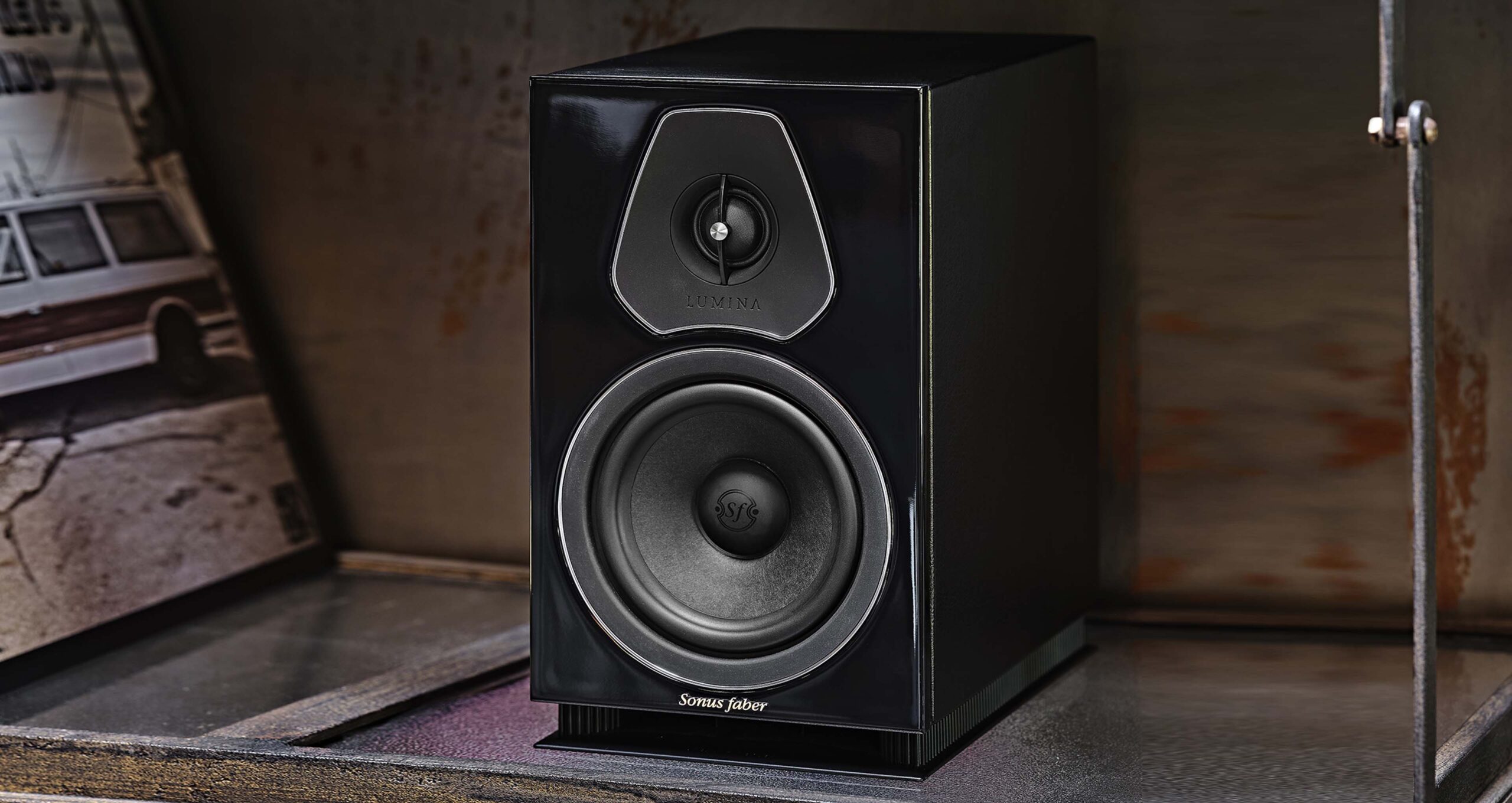
When the bass and drums came out on the Keith Jarrett trio’s “Someday My Prince Will Come” from Up For, I felt the double bass sound bigger and more powerful. The speakers go deeper and bring out more of the lower notes, and it’s also noticeable on the drums, which sound fuller and have more body and substance. The dynamics of the bass are also better felt on the body.
It does something to other instruments too. The extra fullness in the lower frequencies gives vowels more depth of sound, and the lower octaves of a grand piano more weight and presence.
Vowels sound wonderful with a nice focus and are drawn out sharply and clearly in the soundstage. Note that some recordings may sound a little sharp in the treble, but this is not the fault of the speakers, as it is repeated on the same recordings on other speakers.
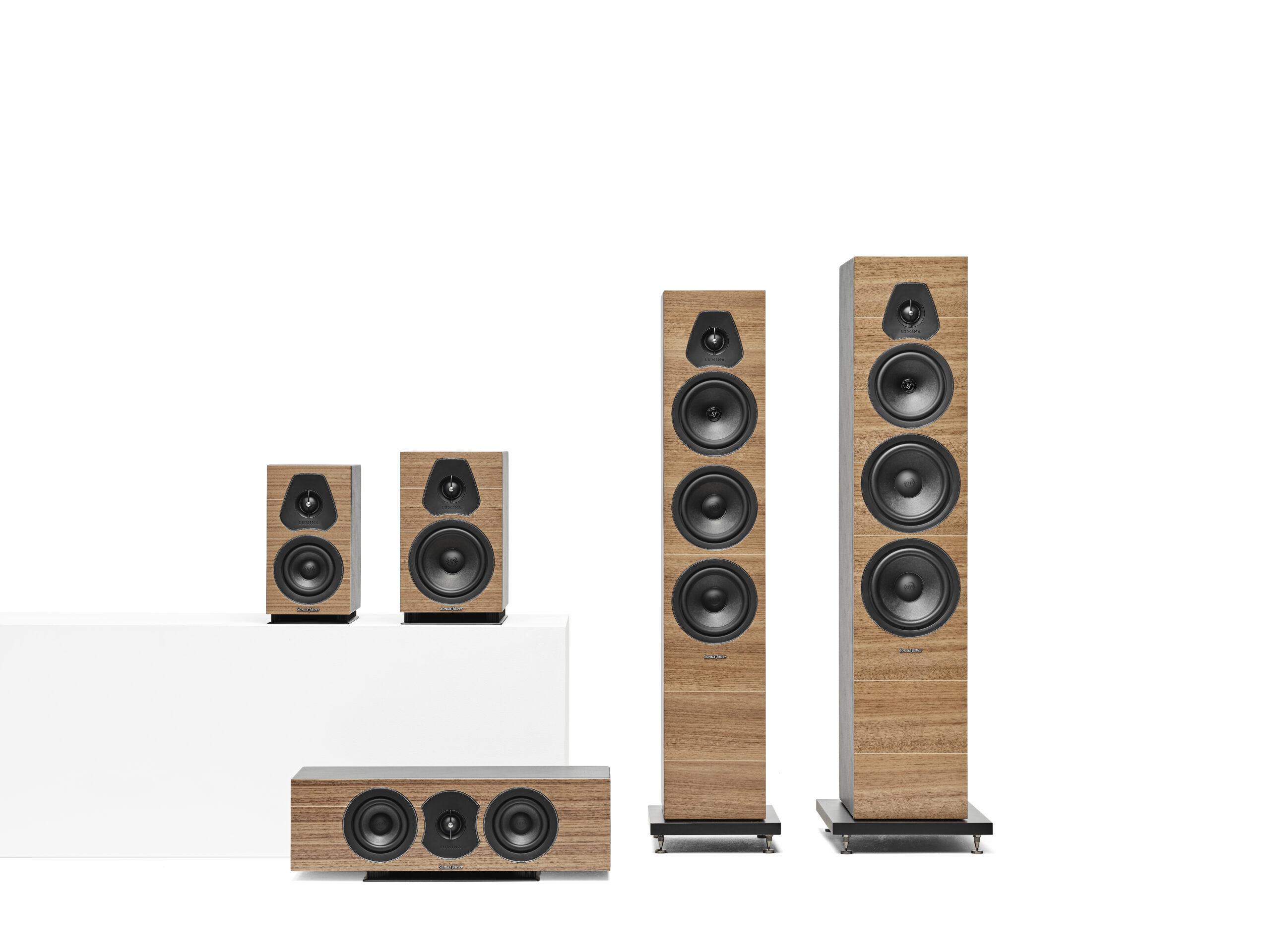
Competitors
There are good alternatives in the same price range as the Lumina I. One is the Dali Menuet SE, which has a neat midrange almost in the class of the legendary Rogers LS3/5A, but not the same fullness and weight in the bass as the Lumina II. The Bowers & Wilkins 707 S2 is another alternative, but they’re a bit heavier to drive. The Audiovector QR1 is perhaps the most exciting alternative and the first we’d put on the list alongside the Lumina I in a duel.
Conclusion
Although the Lumina II is not that much bigger than the Lumina I, they play with greater authority. The soundstage grows with the Lumina II, which also gives the listener both fatter and more hard-hitting bass. While it doesn’t go all the way, it’s more than enough to make the speaker sound like a much bigger speaker than it really is, and that was really the only thing we missed about the little brother.
The Sonus faber Lumina II is a more complete and usable speaker, which we think plays so well for the price that it gets our unreserved recommendation.

We think
Compact and potent in beautifully crafted wood, with a sound quality you wouldn't expect from such a small speaker. Limited deep bass.
1000 €
Specifications
- Type: 2-way compact speaker
- Bass: 15 cm w. cellulose/fibre cone
- Midrange: –
- Treble: 29 mm DAD silk dome
- Sensitivity: 86 dB
- Impedance: 4 ohms
- Frequency range: 55 Hz – 25 kHz
- Subwoofer frequency: 1800 Hz
- Max. Load: Not specified
- Recommended amplifier power: 30-150 W
- Dimensions and weight: 30.4 x 18 x 26.3 cm /-
- Colours: black faux leather, walnut, wenge, black front
- Web: av-industry.dk
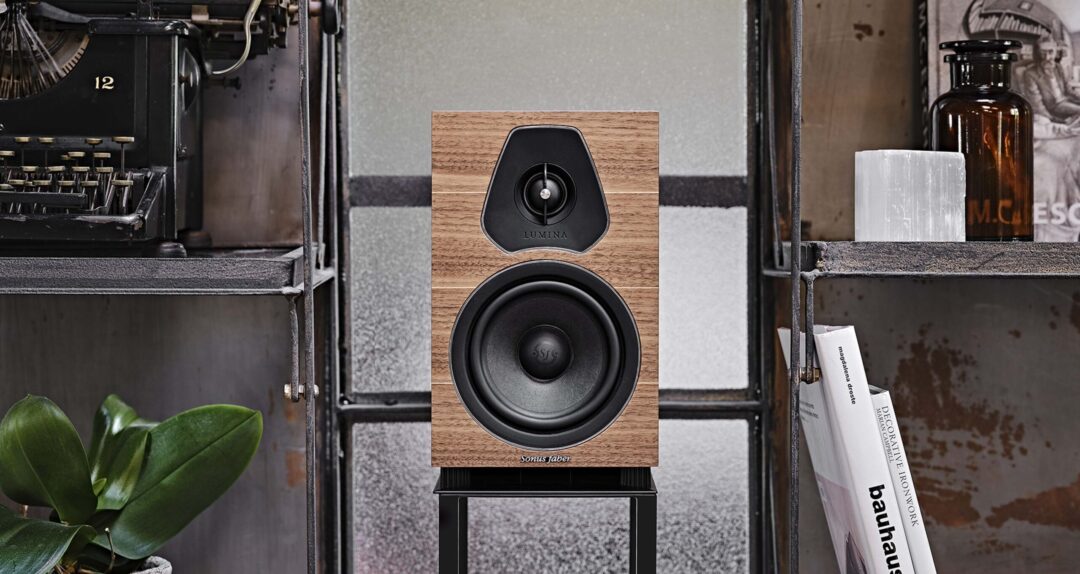

How much sound comes out of the Lumina IIs is the first but far from the only marvel encountered listening to these speakers. They check all the boxes. My listening space was carefully designed for acoustics, but it is not the only reason for thinking that the music is being produced in my space rather than recorded. Tonal balance, instrument separation, a deep, wide, and tall stage, detail without any hint of harshness; all the things that make for truly high fidelity reproduction are there. What else can I say? Hand over your credit card. You’ll never regret the investment. I don’t know if they’ll play this good with lesser gear feeding them. However, if you are confident of your system’s accuracy and resolution, then Lumina IIs in your musical life is truly a no-brainer.
Are these better in a small room 14×14 than martin logan ML 40 and what center channel goes with it?